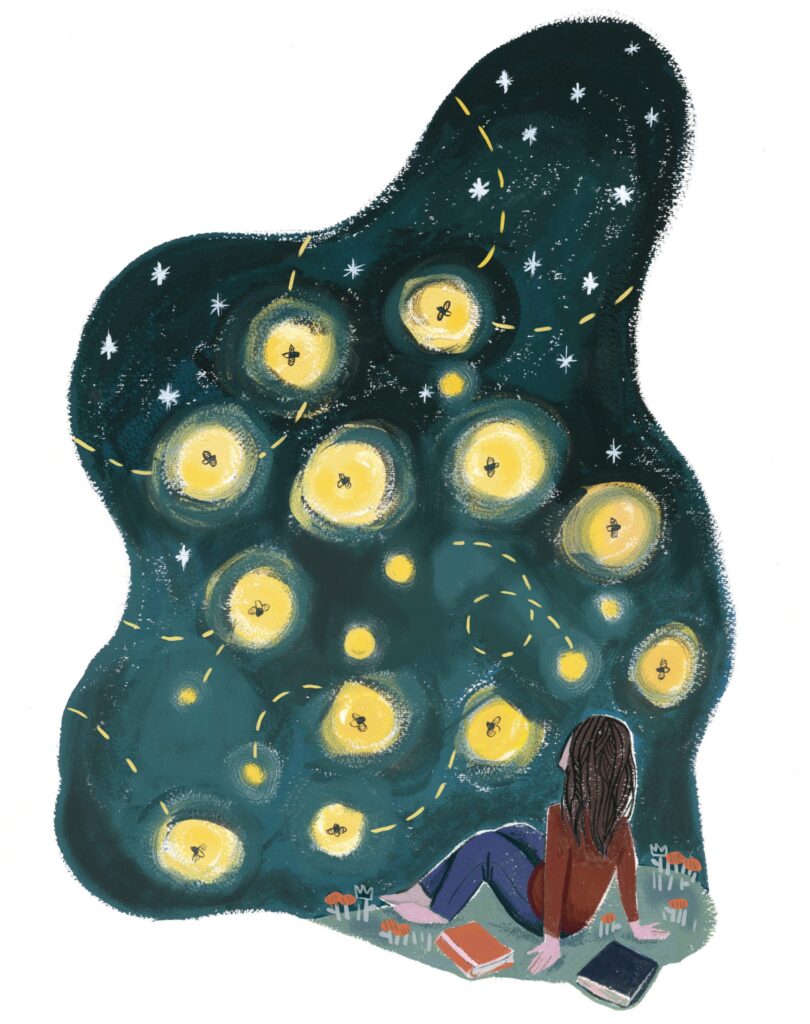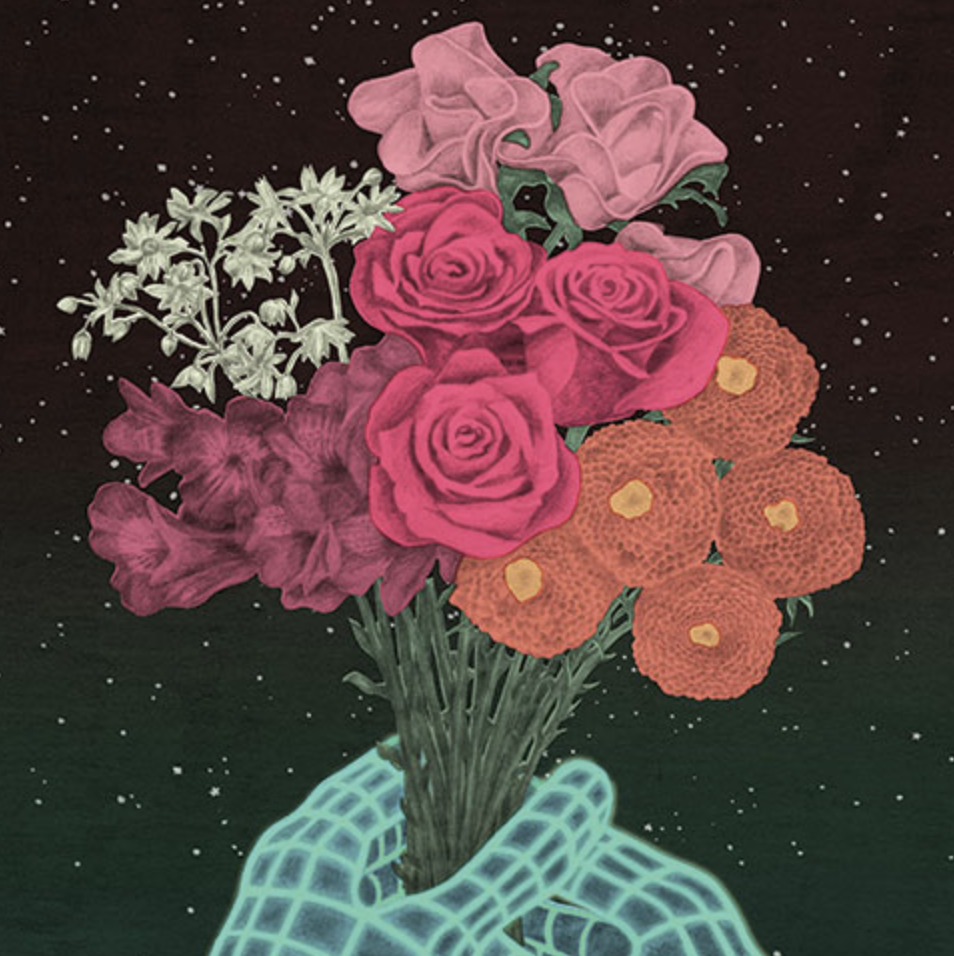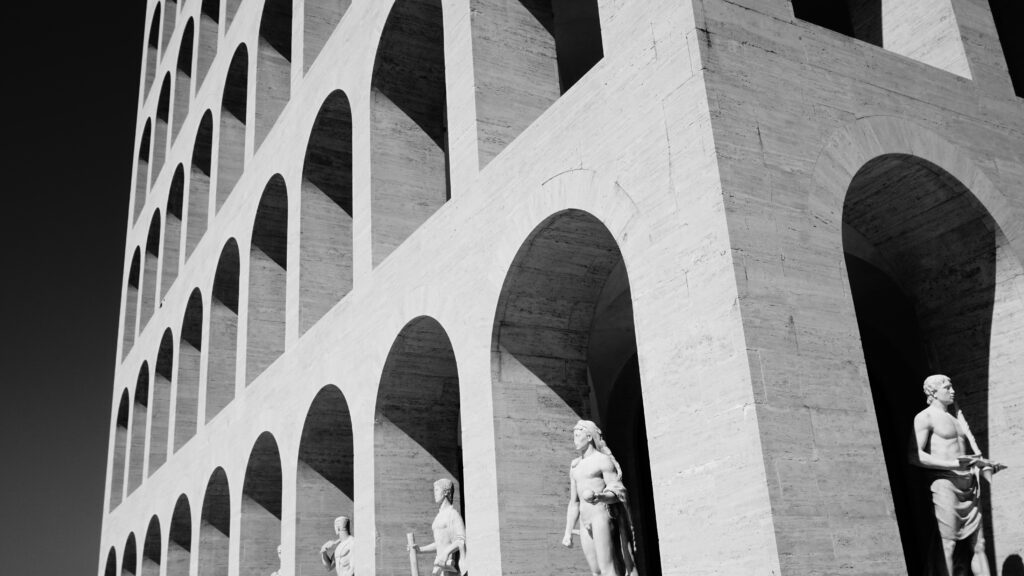Critical Thinking and Success
by Mihaela Manolache
Successful stories are always a good idea as reading activities. When we read about how people succeed – maybe as an artist or as an entrepreneur – and what solutions they found to break the ice, their stories tend to make us feel better, give us confidence in this world, to seek inspiration, and continue in our efforts to find a recipe that will eventually lead us to success as well. Successful stories are meaningful stories, rich in content, ideas, information, and creative thinking. So we look up to them and try to imitate, learn from their innovations, and apply some of the concepts they found valuable. But the truth is that there are no 100 % sure recipes for success. Most of the successful people we watch on TV and read about in newspapers are driven by an entrepreneurial spirit, which combines critical thinking, curiosity, passion, and creativity. Each person is unique and has a distinctive set of skills that will never replicate again.
GET MORE FROM LEVEL

If you ask them what the secret of their success is, most will reply to never give up. This general advice can be understood in many ways but in fact not giving up means continuously searching to improve yourself/ your business and in order to do that, one must use his critical thinking skills and look for creative methods to change, improve or adapt. So what is critical thinking and how can we benefit from it? Is this something we are born with or can we learn it? Can we all become experts in a certain domain if we have critical thinking?
Critical thinking is a form of self-education which involves reflection, structure, and evaluation. If we want to be happy, we must reflect on what our life means, we must justify our decisions and value their consequences. Critical thinking can positively shape our life and can evoke human attributes such as compassion and tolerance. Critical thinking can guide us toward a result and provide an ethical direction. Its importance in a myriad of both formal and informal everyday situations proved to be a key factor in an effective improvement of the quality of life of individuals and societies in general. It seems that as each of us witnesses and experiences strategies and problems from a variety of perspectives, the process enables us to successfully face different people in different situations. It is true that at a micro-level we repeat this process every day and if we include critical thinking in our behavior, it is more likely we discover new approaches and opinions that help us elevate our conversation level and thus, help us reach a profound degree of our understanding.
In the business world, this means we are able to identify a need, explore a niche critically and create a successful product that will serve society. In the education system, it means we learn how to think, reflect, take constructive decisions and correctly evaluate them. Thus, critical thinking is not a quality we are necessarily born with but can be learned and by all means, must be cultivated.
Critical reflection as an education tool
The scientist Albert Einstein once said that “Education is not the learning of facts, it’s rather the training of the mind to think.” His critical expression is referring to an entire process that starts from the accumulation of information to the creation of multifaceted connections, with several meanings. Regardless of one’s career as an artist, researcher, scholar, teacher, mechanic, business person, chef, or accountant, critical thinking is helping to think outside the box, to find solutions creatively, and improve personal lives.
Art classes in particular can provide a space for developing critical thinking as means of education. Teachers encourage students to reason, feel, reflect and evaluate. It seems that during art classes students are more likely to become aware of their feelings, become in touch with them, and express them in a concrete material such as a painting or a sculpture. The awareness of feelings cultivated especially in children and teenagers can help them become independent, empathic, and caring adults. They are taught how to solve problems from reasoning and positions of justice.

As adults, we engage with art in a creative approach. We become curious and imaginative and these skills broaden the mind. We might wonder what the artist is trying to say, what inspired him/her, and why did the artist choose to paint, sculpt, or other media as a means of personal expression. Thus, the link between the mind and studying/ creating art is powerful and is considered one of the most appropriate tools for education in general and critical thinking development in particular. Art stimulates cognitive, emotional, and social systems. Art has been used for centuries to raise public awareness. Art has the capacity to shift aggressive feelings and violence into productive outcomes.
Experiential learning
At the University of Athens in Greece, Alexandros Kakouris tried to illustrate how critical thinking can trigger entrepreneurship success by teaching students to evaluate multiple positions and figure out causes and consequences. Kakouris chose to experiment with groups of students using painting as means of experiential learning in the context of entrepreneurship education. It was a three-step process that involved the approach, the example, and the outcomes.
The participants were given 3 paintings to choose from. In the first phase, the students needed to describe the painting, in the second phase, the participants needed to identify possible explanations regarding the subject, details, and characters. The third step of the activity is the discussion of the critical question about entrepreneurship. While the first step is meant to cultivate the observation skills of the learners, the second and third steps of the process were about making meaning.

Students expressed their thoughts, reflected upon the descriptions, and gathered different perspectives from other colleagues in a common canvas. Lastly, the participants analyzed the paintings (which were representing portraits of merchants) and approached the critical question (the distinction between entrepreneurs and merchants). The intention was to trigger critical thinking in the third phase by using art masterpieces, with several layers of reading and understanding.
By doing this, the Greek teacher proved that reflection is one fundamental key for people to learn and once again, showed how effective art is in terms of triggering thinking and reflection, regardless of the scientific domain.
The role of critical thinking in showing multiplicity
On the 6th of October 2022, Rome’s Museum of Civilization reopened after more than six years of renovation. The museum is organized in a building designed during the reign of Benito Mussolini, an Italian totalitarian leader. The curators and the staff involved in the process of rethinking and reopening the institution managed to obtain a clear and fresh vision of Italy’s colonial past by underlining human relationships.
With over two million artifacts and documents, the museum spans from the prehistoric era to ethnological collections, and does not focus on the object itself as heritage but is inserted in a contemporary context, with new meanings and shapes. The vision is strongly dominated by critical thinking as the entire design of the exhibition is a trigger for reflection. This new design shows a variety of perspectives from anthropological to political, cultural, and human relationships.

The result is a vivid exhibition that intends to recontextualize the object and bring it back to life. An artifact can be equally relevant for us both in the past and in the present time. The museum speaks about how human beings relate to each other, both respectfully and violently. The curators asked notable artists to create contemporary interventions which include original artifacts to convey new messages and give new meanings. The museum’s team called anthropologists and asked them to add contemporary thinkers and texts to the displays, obtaining the recontextualization of the objects and questioning even concepts such as prehistoric.
Rome’s newly reopened Museum of Civilization seems to be an organic scene for art, ideas, creativity, geography, games of power, history, questioning, and critical thinking. It is fertile soil for people to experience history together with fresh and contemporary approaches to it and to make new meanings, connections and understand in a deeply creative way who we are as human beings and what our contribution toward the well-being of society is.
Education is a tool powerful enough to change the world, and education encompasses all social mediums, exposure, freedom, and active learning. Critical thinking is when our mind is awake and we pose questions about everything while we are being educated. To train the mind means to remain an active participant in society and to engage and live the moment.

Leave a Reply